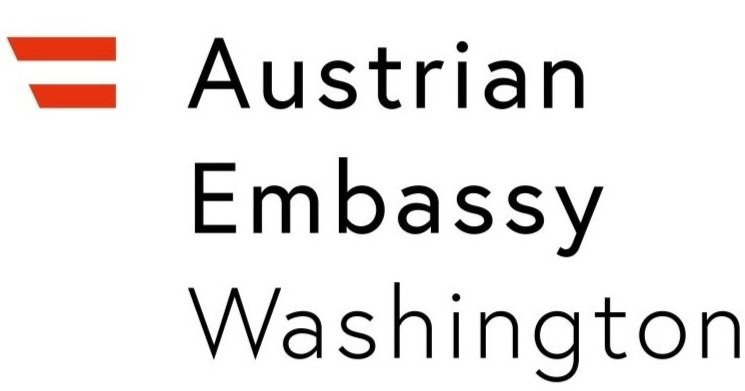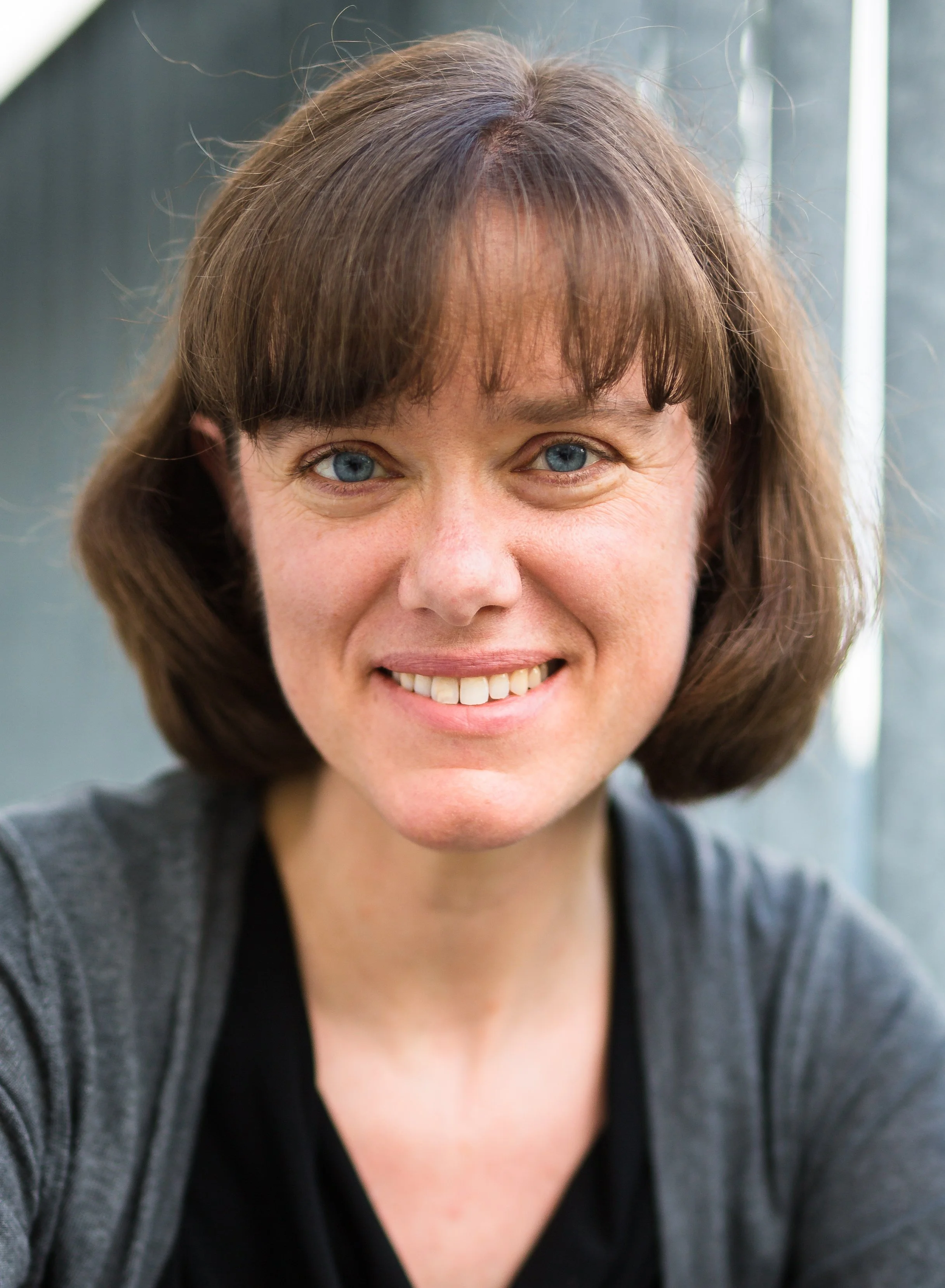Transatlantic Perspectives: Tracy Northrup
Tracy Northrup
You moved to Innsbruck after your doctoral studies in California? Why Innsbruck of all places? What was this change like for you?
Was it easy for you to find your feet and settle in Austria? What was easy and where did you have difficulties?
I was excited about the research that Rainer Blatt and his group were doing with trapped ions in Innsbruck. My PhD research was based on experiments with neutral atoms, and I wanted to continue to work on quantum information processing but to learn something new as a postdoc. Also, I was very curious about trapped ions. Some of the things that are hard with neutral atoms become easy with ions, so that was tempting.
When I visited Innsbruck in my last year as a PhD student, I was impressed by the teamwork and sense of community in Rainer’s group. I came from a research group that also emphasized science as a team effort, and so I knew from experience how important that was. It was also impressive to see how closely theorists and experimentalists worked together in Innsbruck.
It was a big change for me to move from California to Austria! But it was also very healthy and eye-opening to see that things could be quite different from what I was used to, both scientifically and in everyday life. It’s quite common for European researchers to do a postdoc overseas. Americans often don’t consider it as an option, which is perhaps too bad. I’ve been here now for almost 17 years, but at the time, I expected to stay for two or three years. So at first, it didn’t feel like settling down but rather like a chance to broaden my perspective for just a few years.
In your opinion, what characterizes scientific cooperation between Austria and the USA today, not only, but also in the field of quantum science?
All science is international, but speaking especially from my experience in quantum science, I can say that there are many, many collaborations between research groups in different countries, and researchers are very aware of what their colleagues across the world are working on. While Austria is much smaller than the US, it punches above its weight in quantum science. My impression is that US scientists are well informed about state-of-the-art research going on here and vice versa. You often see long-term stays in both directions, say, an American professor on sabbatical in Austria, or an Austrian PhD student visiting a US group for several months. These kinds of personal connections then can lead to joint papers or research projects.
What are the strengths and weaknesses in quantum science in the USA and Austria? Can they complement each other or learn from each other?
Both the US and Austria really appreciate the importance of fundamental science in driving innovation. There are a lot of differences in structural aspects between the two countries, for example, in publicly versus privately funded university education, in the way that funding programs are designed, in the availability of venture capital for start-ups, and in different mindsets about risk taking. Certainly these aspects can be complementary, and it’s helpful to see what strategies work in a different country and to think about how they can be adapted to your own environment. Overall, though, I see a lot of similarities between the US and Austrian approaches to quantum science.
How do you see the future of quantum research in Austria? Will it still be possible to keep up with the world leaders?
Over the past decades, research institutions and funding agencies in Austria have provided crucial, sustained support for quantum science and technology. I’m optimistic that this will continue. Also, with our Austrian Cluster of Excellence, we have a solid foundation for Austrian quantum researchers to work together and draw on each other’s complementary expertise to solve challenging problems. So I’m not too worried about falling behind other countries.
Fifteen years ago, quantum research was an academic endeavor. These days, in contrast, there are so many different settings in which people are making great progress: universities, but also start-ups and large established companies. That means that we — and here I mean everyone working on these problems worldwide — have to think carefully about where we can make meaningful contributions. There are certain problems that companies are better suited to solve, such as fabricating quantum computing hardware, and universities aren’t necessarily going to be able to keep up on these problems. But there are other problems, such as high-risk early-stage questions, that are a good fit for academic groups.
Unfortunately, there are still far more male quantum researchers than female researchers. Why is this and what can we do to bring more women into this exciting field of research?
It can be tempting to try to answer this question with anecdotes from personal experience. But we have to remember that there are experts who study these questions: How much of the gender gap is about formative experiences in elementary school or high school? How much happens at the university level? How much happens later on in one’s career path? And then our role as physicists is to listen to those experts and understand what they’ve found and what steps will have the most impact.
There is so much exciting work to be done on the forefront of quantum science. We need all the talent we can get, and that means drawing from a diverse talent pool. There are wonderful outreach efforts underway in the context of the International Year of Quantum Science and Technology, and I hope these efforts will inspire people who might not otherwise see this as a career path, especially young girls, to consider how rewarding it can be to study the quantum world.
Tracy Northup Bio
Tracy Northup is a professor of experimental physics at the University of Innsbruck, Austria. Her research explores quantum interfaces between light and matter, focusing on trapped-ion and cavity-based interfaces for quantum networks and quantum optomechanics. She received her PhD from the California Institute of Technology in 2008 and then held an appointment as a postdoctoral scholar at the University of Innsbruck, where she was the recipient of a Marie Curie International Incoming Fellowship and an Elise Richter Fellowship. She became an assistant professor at the University of Innsbruck in 2015 and has been a full professor since 2017; she held an Ingeborg Hochmair Professorship from 2017 to 2022. In 2016, she received the START Prize, the highest Austrian award for young scientists, from the Austrian Science Fund. In 2023, she received Optica's Gordon Memorial Speakership.

